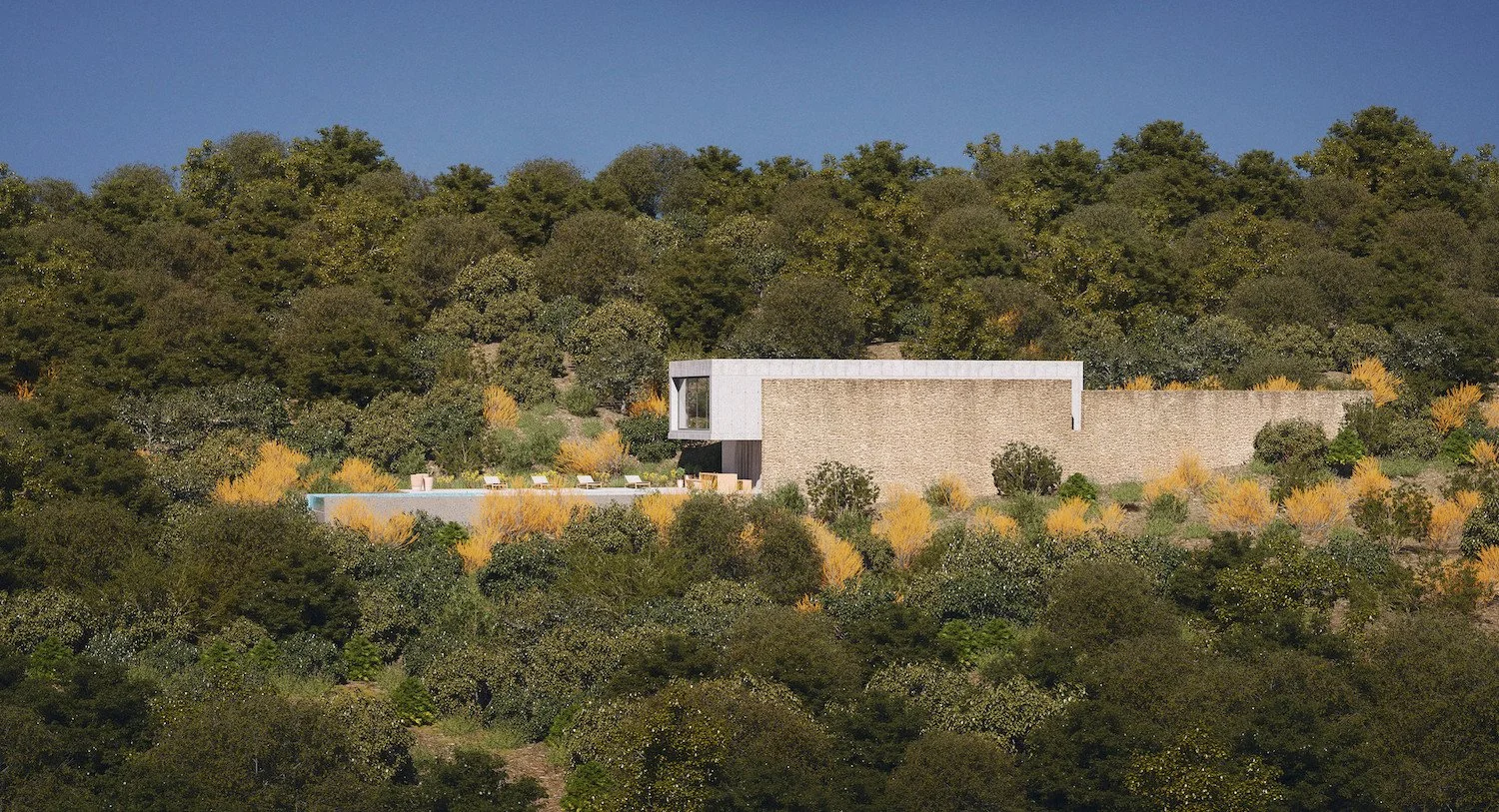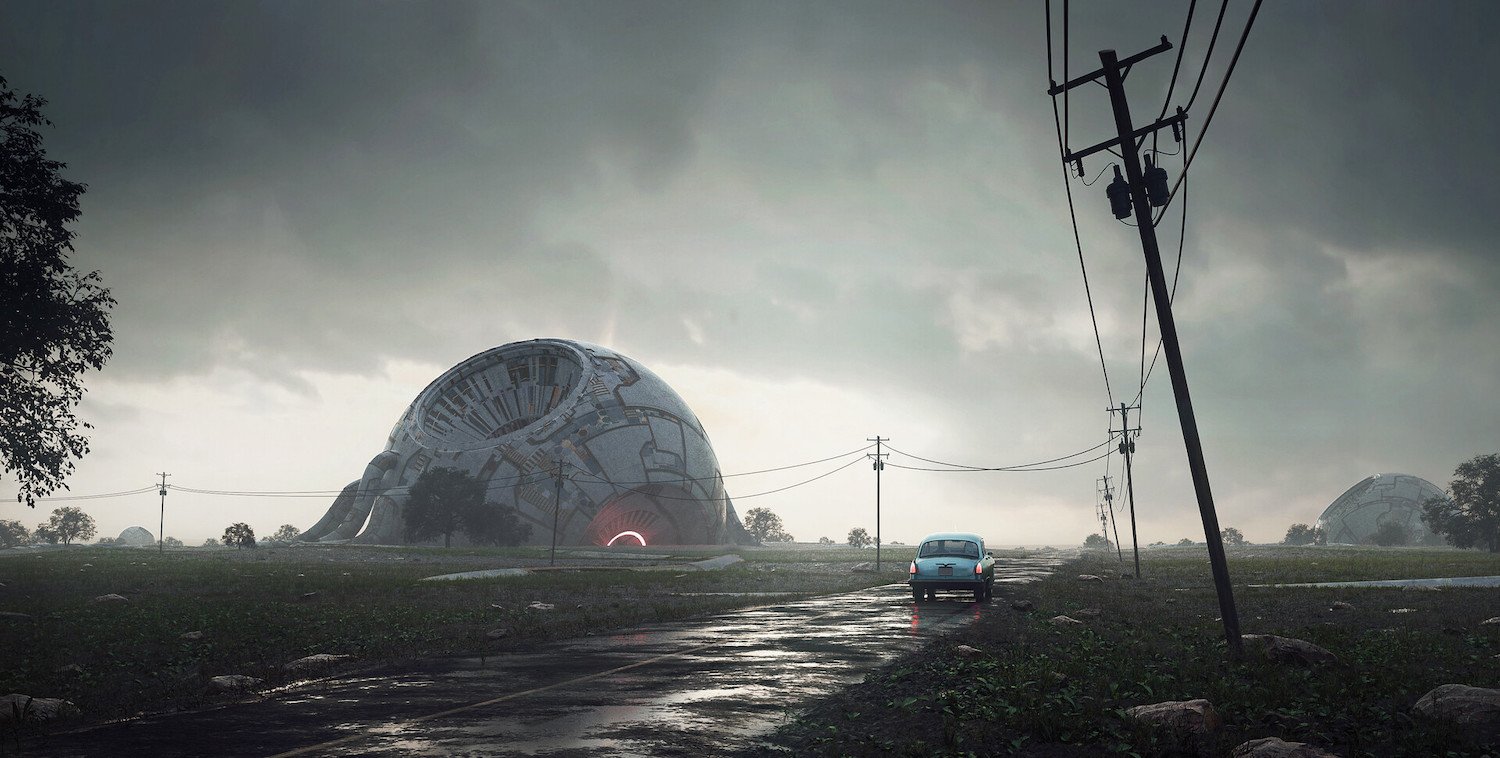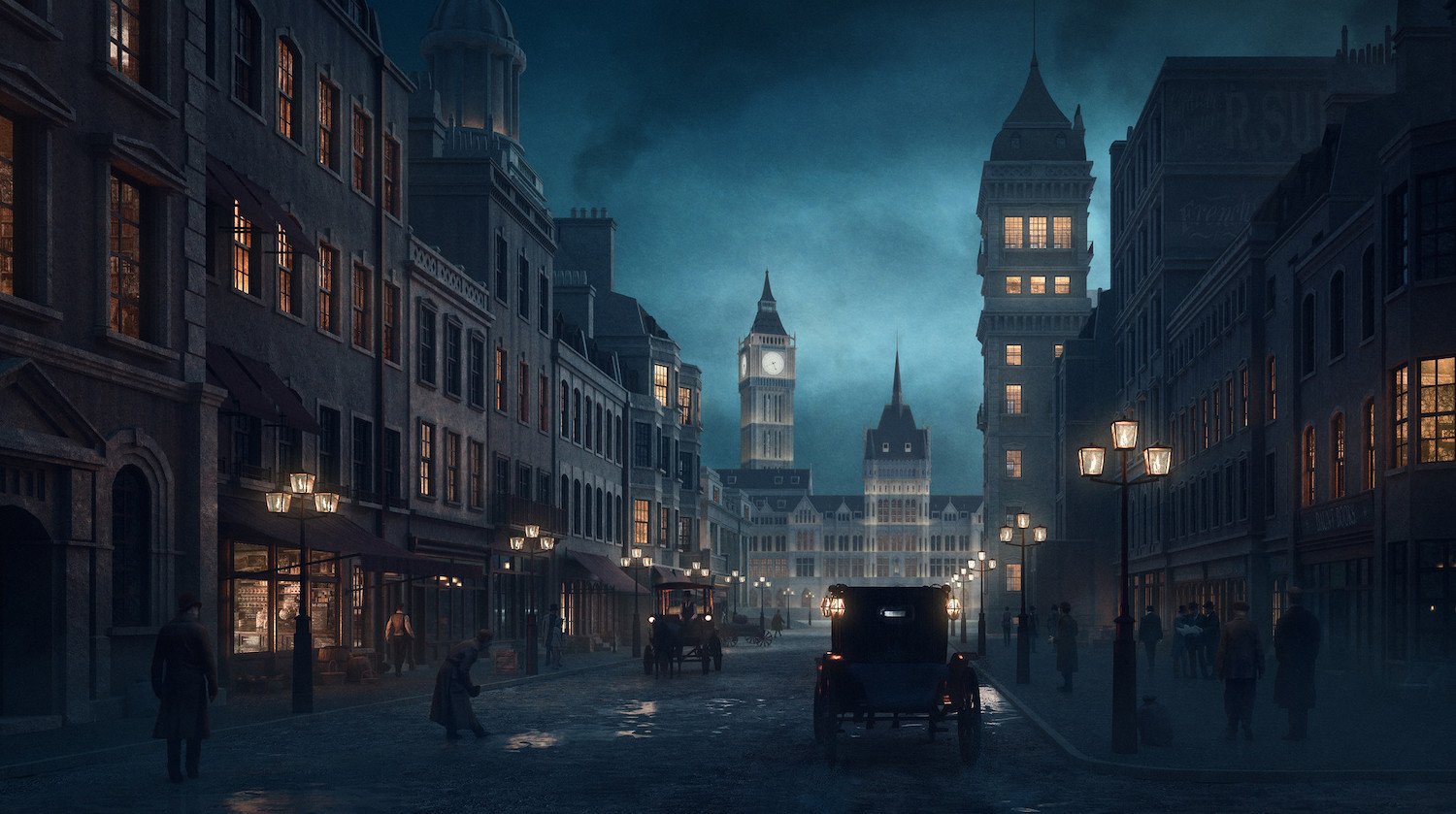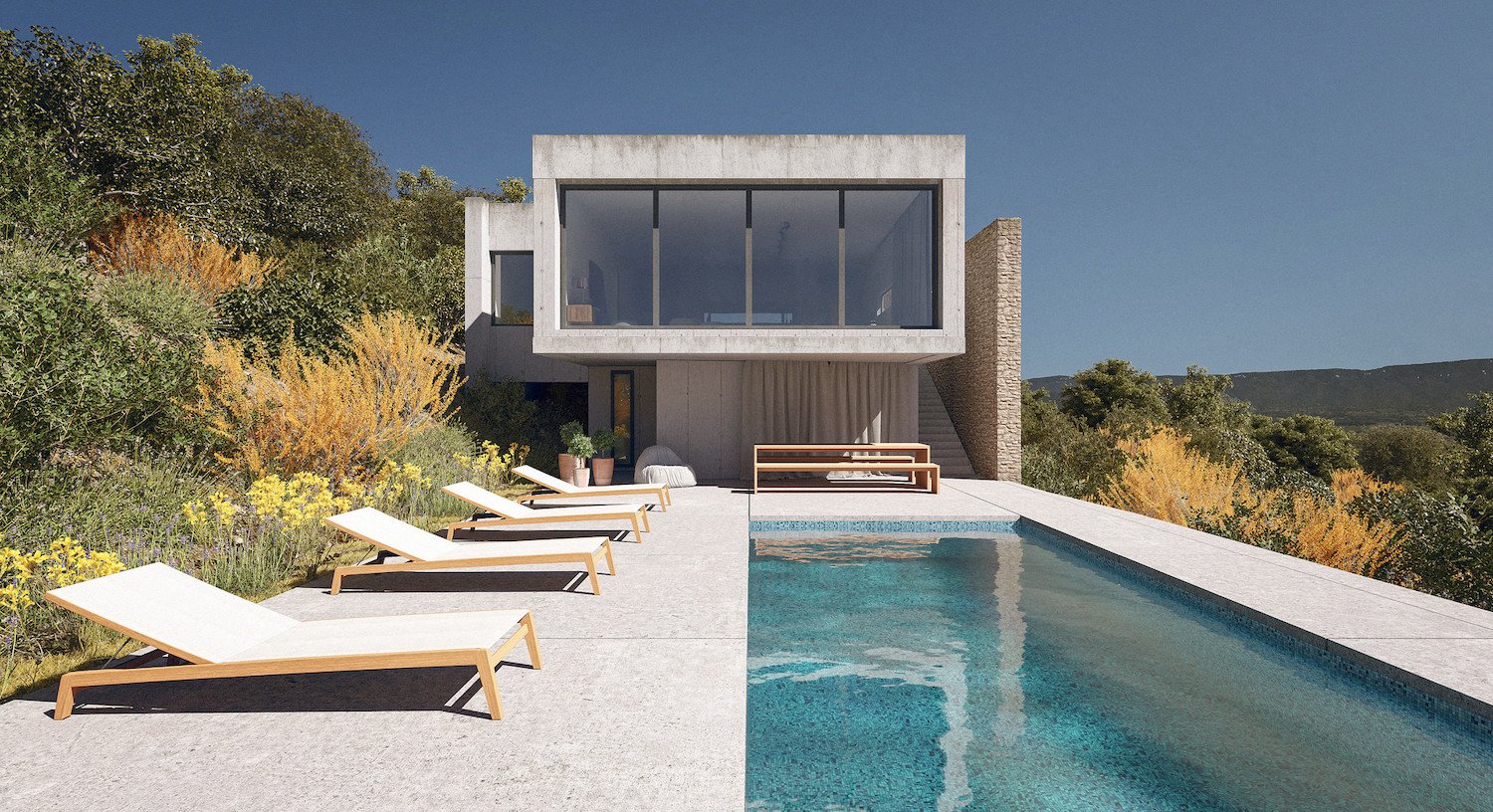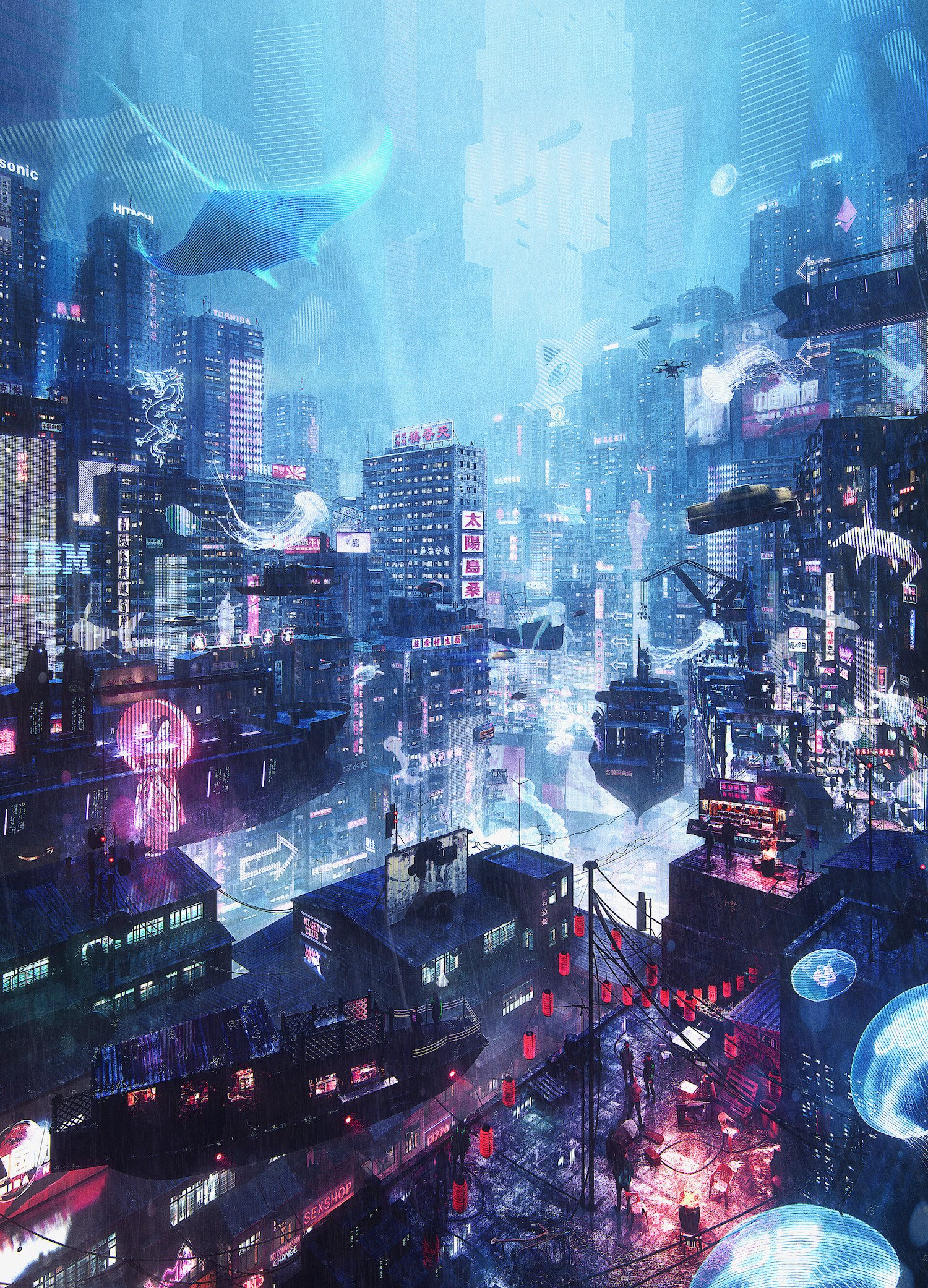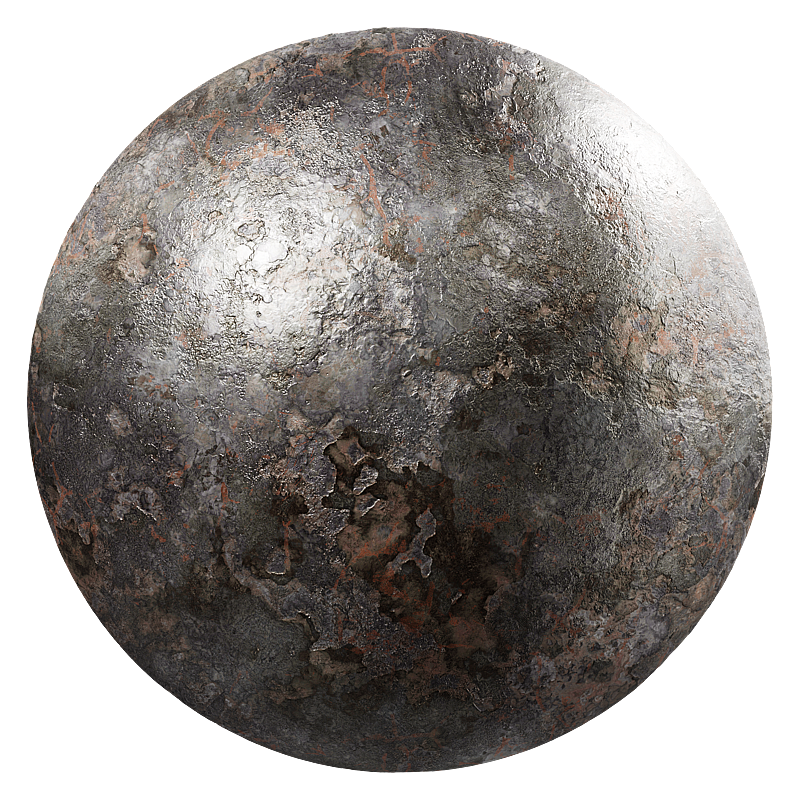How 3D Artist Arnaud Imobersteg Became an Archviz Professional
From Sketchup to Blender, we talked with 3D designer and illustrator Arnaud Imobersteg about life as an archviz professional and how he built his career in 3D visualization.
Q. When did you get into 3D visualizations?
Arnaud: I was introduced to 3D during my architectural studies, working with Sketchup and Artlantis. I loved it immediately! A short while later in 2016, at my first job in a small archviz company, I was introduced to Blender.
Q. How did you get your first job as a 3D artist?
Arnaud: After my studies, I realized I was more interested in the 3D and illustrative part than in architecture, but I had no clue that 3D could actually be a job in Switzerland at that time.
So, after some research, I applied as an intern to a few archviz studios I found in the french-speaking part of Switzerland and started there.
Q. What were the challenges of starting a career in 3D?
Arnaud: It required quite a lot of investment of time and effort; 3D is an ever-moving field that is constantly evolving, which means you have to work at it to stay up to date.
I also had to learn how to manage clients; to get faster and more efficient, answer client requests faster, be more flexible.
Finally, understanding what kind of 3D work exists and which one fits you best. Back then, I had no clue what the difference was between an environment artist, a motion designer, or a hard-surface modeler.
Q. How did you overcome these challenges?
Arnaud: I’m not sure I’ve fully solved them just yet! But I guess I’m now a bit more aware of my place in the industry, according to what I like to do.
But it’s also always evolving; there are always new types of jobs or specializations appearing within the 3D world, as well as the growth of my interests and skills, so it definitely gets tricky at times.
Q. If you had to choose, what were the 3 most important tips to reach professional standards with 3D?
Arnaud: The first is references - knowing what you’re dealing with, from experience and/or researching, builds the background that will help define the precise needs of your project. You can focus on pushing something further, rather than starting from scratch. You don’t need to reinvent the wheel every time - take inspiration from wheels you like!
Another is your libraries of assets - at some point, it’s just not worth doing it all by yourself. Unless you master everything super fast, it will always be more productive to buy professional assets to re-use and re-purpose for various projects.
And finally, 2D post processing - I come across way too many renders that never see any color grading or level adjustment. Compositing and Photoshop are must-haves for me. If you need fully realistic trees or people in a time-efficient manner, integrating 2D elements is probably going to be faster.
Q. What’s been the most important lesson you’ve learnt as a 3D artist, that you would pass onto other aspiring artists?
Arnaud: Well, 3D is a fascinating world…one that you can easily get trapped in, through turning around, zooming, etc.
Keep the big picture in mind by planning where you want to go and what you want to look at, to not waste time on less useful items or angles.
Since I’m more involved in the illustration side, this also means that there are a lot of things that can be added directly in 2D post processing, like objects that you’ll never see in the framing.
Q. Do you have any advice for aspiring artists wanting to make a career out of 3D viz?
Arnaud: Try lots of different things first and define what you like the most…then, make that your focus!
Want more from Arnaud?
Read our interview with Arnaud on the making of ‘The Shanty Stack’
Browse Arnaud’s works on ArtStation
Browse Arnaud’s works on Behance

